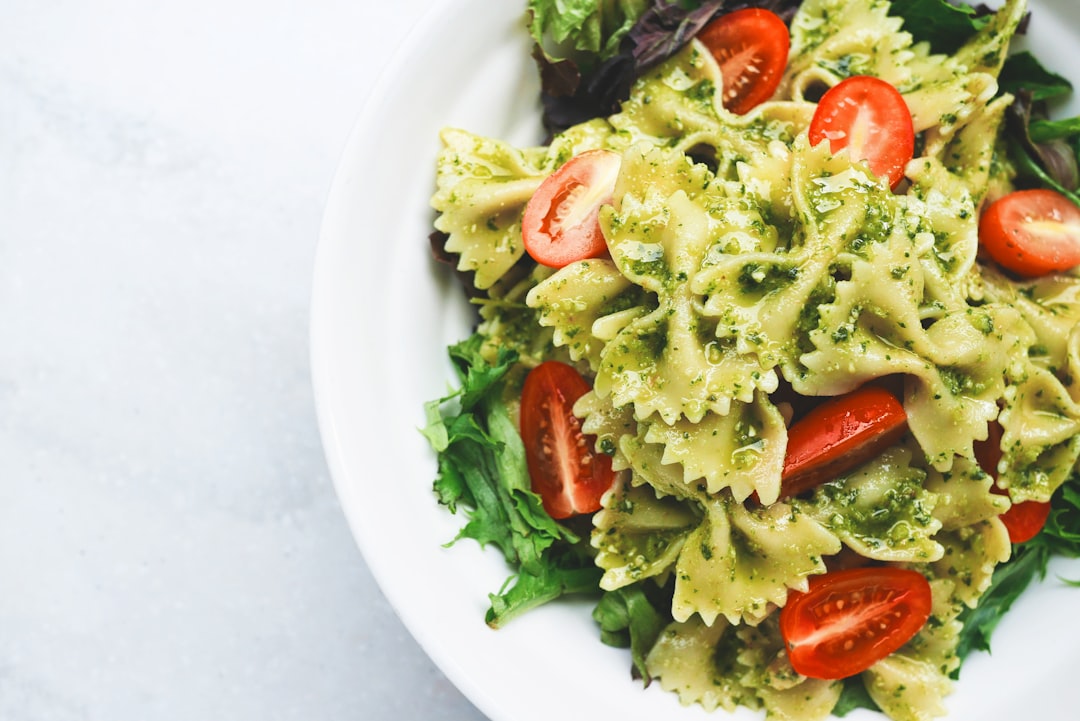
Top Foodie Attractions Around the World: A Culinary Journey
# Introduction. Traveling isn’t just about exploring new places; it's also about tasting new flavors. For food lovers, the culinary experiences of a destination can be as enriching as its landscapes, history, and culture. Welcome to our guide on the top foodie attractions around the world. From bustling street markets to Michelin-starred restaurants, let's dive into some must-visit spots for gourmet experience. ## 1. The Street Food Scene of Bangkok, Thailand. If you're looking for an authentic taste of Thailand, the street food scene in Bangkok is unmatched. Every corner of this vibrant city is alive with the sizzle of woks and the aroma of spices. Notable districts such as Yaowarat (Chinatown) and Sukhumvit offer everything from spicy noodle dishes to sweet mango and sticky rice. Don't miss iconic dishes like Pad Thai and Som Tum (papaya salad) that embody the balance of sweet, sour, salty, and spicy flavors typical of Thai cuisine. For the adventurous eater, tasting bugs from street vendors can be a thrilling experience! Remember to sip on a local Thai iced tea to cool down after your culinary explorations. ## 2. The Culinary Capital of Italy: Bologna. Bologna is often referred to as the gastronomic capital of Italy. Known for its rich history and tradition in cooking, this city offers an extraordinary variety of food experiences. Start your journey with a visit to the Mercato di Mezzo, a historic market teeming with local delicacies. Indulge in traditional dishes such as Tortellini and Lasagna, paired with local wines like Sangiovese. For an interactive experience, consider taking a pasta-making class where you can learn the authentic ways of creating fresh, handmade pasta. Bologna’s vibrant food culture and welcoming locals make it a paradise for any foodie. ## 3. Culinary Tour of Tokyo, Japan. Tokyo is an unparalleled destination for food enthusiasts. With over 230 Michelin-starred restaurants, the city offers a culinary experience that appeals to all palates. From sushi on Tsukiji Market to intimate ramen shops in Shinjuku, every meal feels like a celebration of flavors. Don’t forget to venture into the izakayas (Japanese pubs) for after-hours dining. Here, you can find tasty small plates to accompany your drinks while mingling with locals. For dessert lovers, visiting a traditional tea house for matcha and mochi offers a delightful ending to your day. ## 4. Wine Tasting in Napa Valley, California. If you're enamored by fine wines, a visit to Napa Valley should be on your food-based travel list. With its picturesque vineyards and lush scenery, Napa is home to some of the best wine producers in the world. Enjoy guided tours of renowned wineries like Robert Mondavi and Domaine Carneros, where you can immerse yourself in the wine-making process. Many wineries also offer gourmet dining experiences paired with their finest wines, making it possible to enjoy exquisite food and wine together. Don’t miss the opportunity to dine al fresco amidst vineyards for a truly unforgettable experience. ## 5. The Spice Markets of Istanbul, Turkey. Istanbul’s Spice Bazaar is a feast for the senses, bursting with vibrant colors, aromatic scents, and rich culinary history. Here, you can sample and purchase a variety of Turkish delights, spices, and dried fruits. Engage with friendly vendors who are often eager to share their knowledge about each product. Another must-try is the street food of Istanbul; try a traditional Kebab or Simit (sesame bread) as you stroll through the bustling streets. The fusion of flavors and cultures in Istanbul showcases the city’s rich culinary heritage. ## Conclusion. Food is a powerful connector, and traveling to diverse destinations allows us to experience and appreciate different cultures through cuisine. There’s nothing quite like indulging in local delicacies that tell a story of its origin. The destinations listed in this guide are just a starting point for your culinary adventures. As you explore new places, be open to tasting new flavors and collected memories through the food you encounter. Bon appétit and happy travels! .









